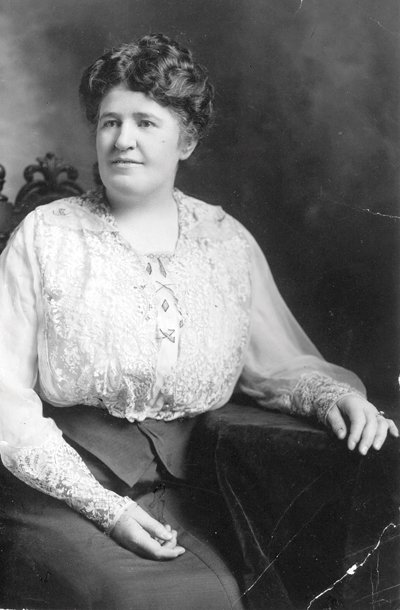OK
– I admit it. I’ve got it bad. I hear my husband’s footsteps
coming down the hall just as I am pouring over the 1860 census
record that says my third great grandfather’s occupation was
”
Essence Peddler.
”
I quickly click a key on my computer that brings up the chicken
recipe I am supposedly studying for tonight’s dinner.
OK – I admit it. I’ve got it bad. I hear my husband’s footsteps coming down the hall just as I am pouring over the 1860 census record that says my third great grandfather’s occupation was “Essence Peddler.” I quickly click a key on my computer that brings up the chicken recipe I am supposedly studying for tonight’s dinner.
When he leaves the room, I guiltily click back to the page where I learn that an essence peddler sold medicines, flavorings and elixirs.
I am hooked, a hopeless census addict.
It all started when I received my 2010 Census form in mid-March. I always thought I hated numbers, but no one ever told me what great stories numbers can tell. Thomas Jefferson directed the first U.S. Census in 1790, and every 10 years since then, the Census Bureau has made efforts to get a count of every person in every city in every state in the entire United States. Census records are currently the most utilized records online in genealogical research.
But be prepared for a shock or two if you go dare to time travel through census records on your own. For example, I was reading through the 1900 record for my grandmother Eunice at the time when she was a 7-year-old girl. I realized that although it listed grandma and her 34-year-old mother Harriett Brown as living on the family farm, her father Everett Hiram’s name wasn’t there. How could that be? Why wasn’t he living with his family? I began searching through all the New England records for 1900.
I came to an entry in a boarding house that read, “Everett Hiram Brown.” The name matched. Age: 40 – check. Father from New Hampshire – check. The final clincher was the line that listed his occupation as “Carriage Trimmer.” He lived in Boston when he married Harriett and worked as an artisan creating the detailing of carriages, including upholstery, harnesses and decorative striping down the sides. Carriage trimmers were not exactly a dime a dozen. It was unlikely there would be two with the same name, born the same year, living in the same place in 1900.
The shocking part was the big “D” I spied listed next to “M” for Male. You could have knocked me over with a feather – I had always been told that our family had never had a divorce. Never did I suspect that my own grandmother came from a broken home in a time and place when such a thing was virtually unheard of in a proper Bostonian family.
The 1899 divorce was kept a family secret – until now. My father never knew that his grandparents were divorced. It explains so much about the dynamics of my family and the air of secrecy that I always sensed but couldn’t explain. And why my grandmother never married until she was nearly 40 – rare for a woman then. And why her mother Harriett made a living running her own corset shop.
Now I realize that my grandmother had seen what her mother went through and was determined to be self-sufficient, leaving the East Coast far behind and supporting herself as one of the first female social workers in California, coming to the rescue of abused children from broken homes. Suddenly, thanks to one line on a census form, my family makes a whole lot more sense to me.
Census records are a reflection of their time and place. In the past, you had to answer whether any of your family members were insane, deaf or blind. At first, the only name listed was head of household, which was almost always male. Slaves were listed numerically, not by name. “Occupation of each male person” was the only line for listing one’s job; the very idea of a woman having a profession outside the home was not even considered. By the 1880 census, times were changing enough for my 24-year-old Swedish immigrant ancestor to have her profession listed on the form as “dressmaker.”
The 2010 Census has been shortened to a quick 10 questions and takes about five minutes to fill out. The actual count of the population determines how many seats in Congress each state will get. It also affects the distribution of funding for such services as schools, roads and neighborhood improvements.
Although it was legally due on April Fools’ Day, many people in the Bay Area have complained that they have not yet received their census forms. If you are among those who did not get yours turned in yet, there will soon be a whole army of census takers out knocking on doors to find you.
For those concerned with privacy issues, the processing center is heavily secure and answers are combined to produce general statistics. Under the law, nobody is allowed to see your personal data for 72 years.
So don’t forget to get that census form sent in. Someday your ninth great-granddaughter will be researching her family tree, and she’ll thank you as she travels back in time.
For census history, go to www.census.gov/history.












